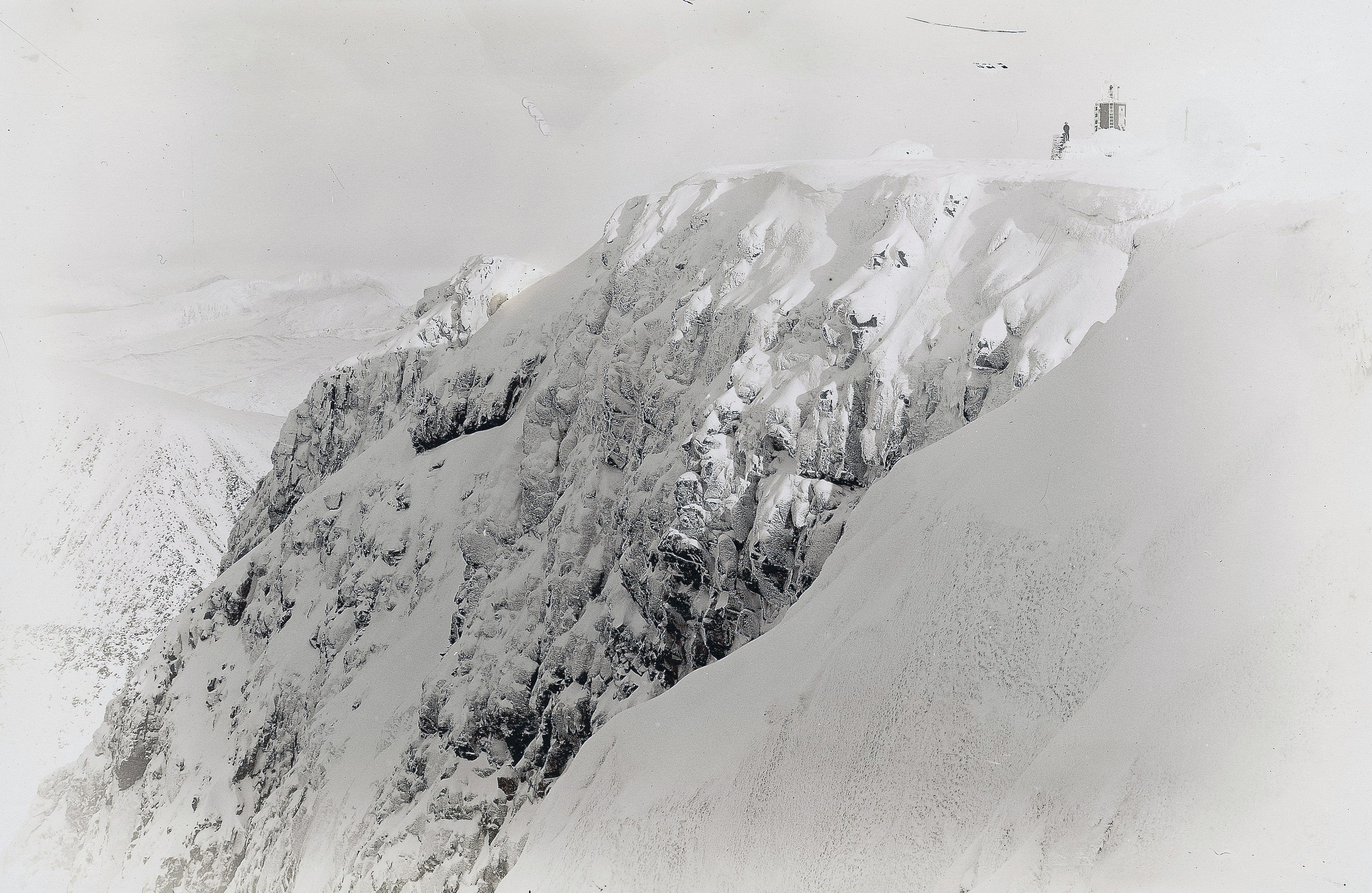
The first time we reached the summit of a local hill, Dumgoyne, it seemed easily achievable. Walking to the 427m (1,401ft) top in the Campsie Fells, Stirlingshire, for a second time my legs started to complain.
By the time my friend Nicola Dawson and I were on our third non-stop ascent, the already steep hill path seemed more precipitous and far longer.
By now, the sun had also disappeared behind thickening clouds and the wind was so strong at the top, we had to push hard to touch the summit pillar.
Descending again, we calculated we’d need to do at least one more full climb, as well as another partial ascent, to reach our target total elevation of a virtual Ben Nevis.
The fourth – and then the final extra half-climb – tested both our physical strength and mental resolve. Our calf muscles felt strained and our quadriceps ached.
At one point we discussed changing the goal to a cumulative height of 1,000m. But the 1,345m (4,413ft) summit of the UK’s tallest mountain had been our plan at the start of the day – and neither of us could let that go.
While I had walked and run to Dumgoyne’s top on countless occasions – and managed a triple once – I’d never completed four summits in one outing.
I can’t even offer a reason why reaching the virtual height of Ben Nevis had so much appeal.
But I do know that I relish a challenge and, during a year when Scotland’s mountains had been out of bounds to me due to Covid-19 travel restrictions, such local goals became important for staying hill-fit. The aim of Ben Nevising, as I nicknamed the achievement, is similar to Everesting, a more widely-known activity. Everesting, or virtually reaching the same height as the world’s highest summit, was first coined by Australian cyclist Andy van Bergen.
In 2014, he rode the same hill on Mount Buller in Victoria non-stop to reach a height of 8,849m (29,029ft).
Around the world, other cyclists were inspired to try the same on their chosen hills with many thousands of Everesting finishes now recorded.
Next it was runners and walkers who also took on the same tough virtual target.
Everesting in the purist sense is meant to be one activity, on one incline, with no sleep and no time limit.Other interpretations see walkers, runners and cyclists accumulating an Everest height gain over a week or a month.
My Ben Nevising offered a goal that would be testing but achievable on a winter’s morning locally.
After four summits the total climb was 1,212m (3,976 ft). The final ascent, climbing part way back up Dumgoyne, was painful. As we walked, Nicola and I closely tracked our sports watches.
Finally we pushed past the 1,345m (4,413ft) goal – and we stopped then, having completed almost 10km (six miles) in distance.
The reward was a self-imposed challenge finished – and an iconic mountain climbed, if only in our heads.

Enjoy the convenience of having The Sunday Post delivered as a digital ePaper straight to your smartphone, tablet or computer.
Subscribe for only £5.49 a month and enjoy all the benefits of the printed paper as a digital replica.
Subscribe